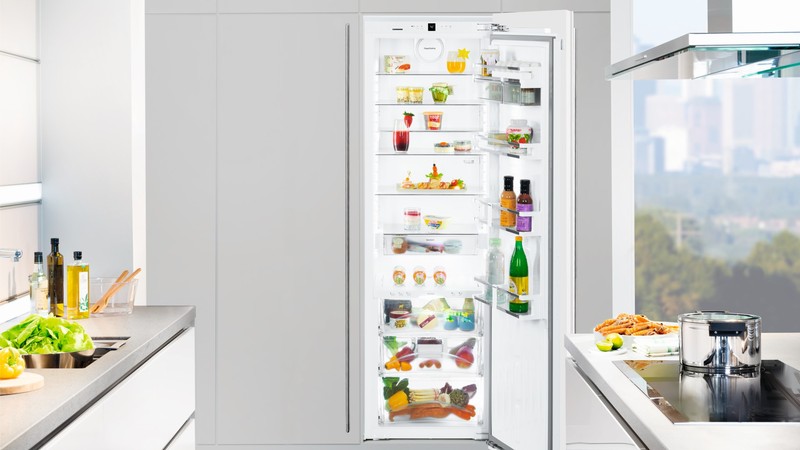Energy efficiency is a top priority for businesses in today’s environmentally conscious world, and restaurants are no exception. A significant portion of a restaurant’s energy consumption is attributed to refrigeration. In this blog, we’ll explore practical ways to improve energy efficiency in refrigeration, ultimately saving costs for your restaurant with Refrigeration Equipment.
Choose Energy-Efficient Equipment:
When selecting refrigeration equipment, opt for models that are certified as energy-efficient. Look for the Energy Star label, which signifies that the equipment meets strict efficiency standards. Energy-efficient units may have a higher upfront cost but provide long-term savings through reduced energy consumption.
Proper Sizing and Maintenance:
Ensure that your Refrigeration Equipment are the right size for your restaurant’s needs. Oversized units can waste energy. Regular maintenance is crucial; clean coils, replace worn gaskets, and check for refrigerant leaks to keep the equipment operating efficiently.
Set Optimal Temperature:
Set refrigeration units to the ideal temperatures for storing different types of food. This prevents overcooling and reduces energy usage. Refrigerators should be kept at around 38°F (3°C), while freezers should be set to 0°F (-18°C).
Efficient Loading and Organization:
Properly organize your refrigeration units to allow for efficient airflow. Avoid overloading shelves, as this can obstruct airflow and make the compressor work harder. Keep food items well-sealed to prevent cold air from escaping.
Install Strip Curtains or Doors:
If you have walk-in refrigerators or freezers, consider installing strip curtains or self-closing doors. These help to maintain temperature and prevent cold air from escaping every time someone enters or exits the unit.
Upgrade to LED Lighting:
Swap out incandescent or fluorescent lighting in refrigeration units with energy-efficient LED lights. LEDs not only use less energy but also produce less heat, reducing the workload on the refrigeration system.
Regular Defrosting:
Frost buildup on evaporator coils can hinder heat transfer and reduce efficiency. Schedule regular defrosting to prevent excess ice accumulation.
Invest in Energy Management Systems (EMS):
EMS technology allows you to monitor and control refrigeration units remotely. It optimizes the operation of the equipment, adjusting temperatures and defrost cycles as needed, resulting in energy savings.
By implementing these energy-efficient practices in your restaurant’s refrigeration systems, you can significantly reduce your energy bills while minimizing your environmental impact. It’s a win-win scenario that not only saves costs but also contributes to a greener and more sustainable future for your business.



